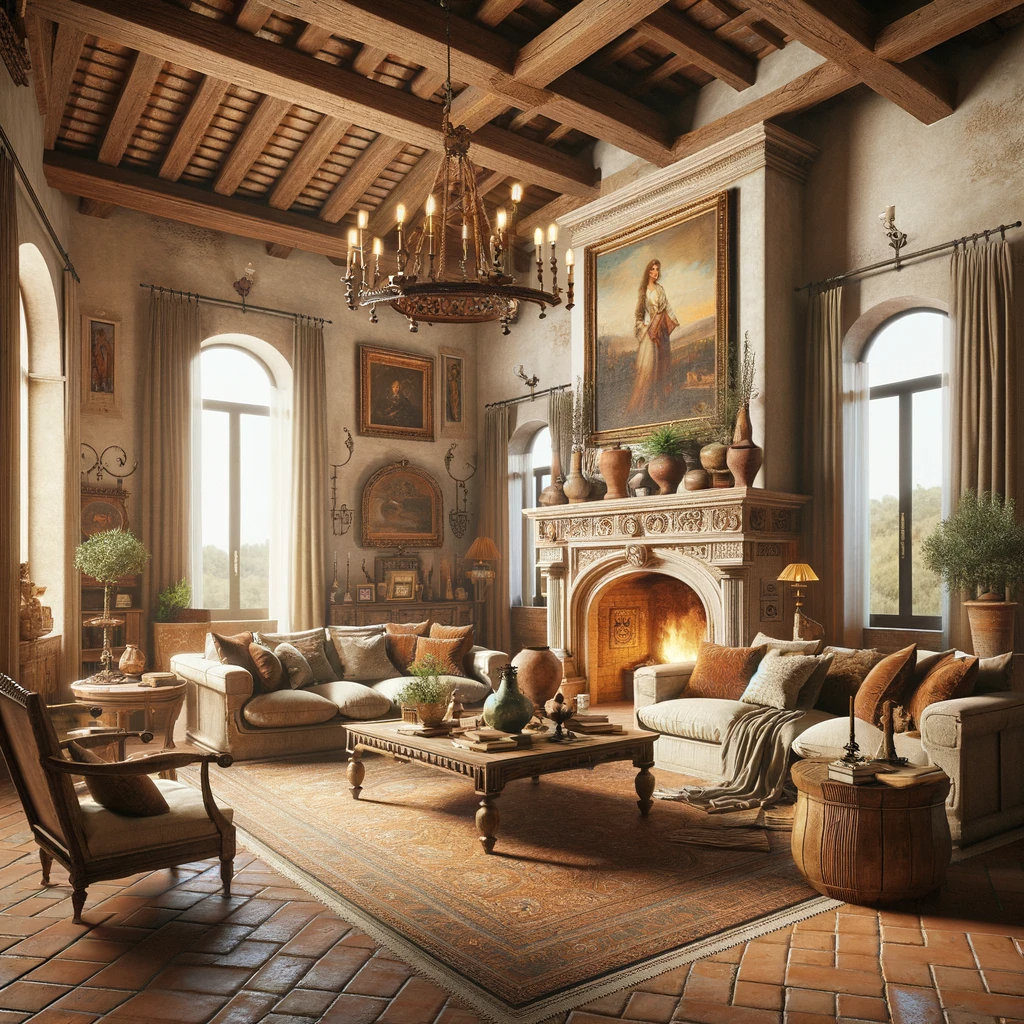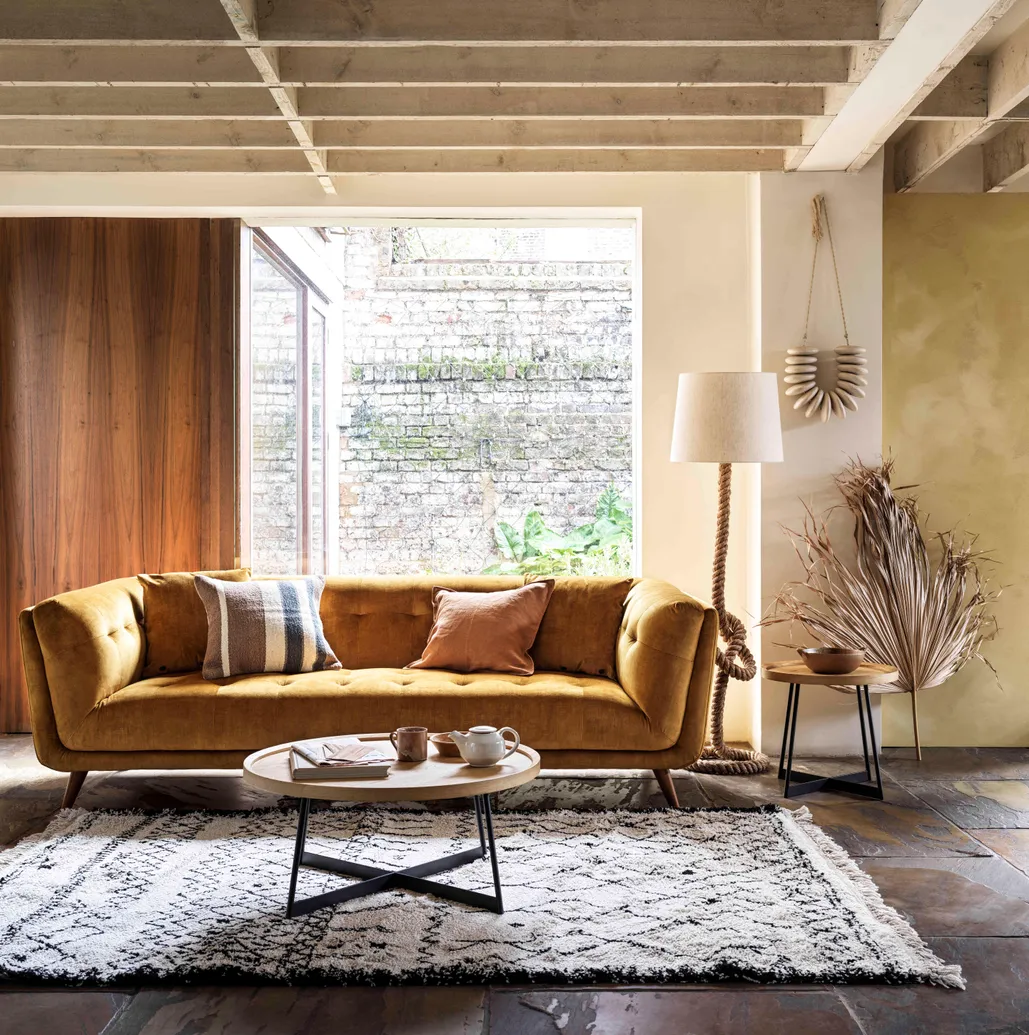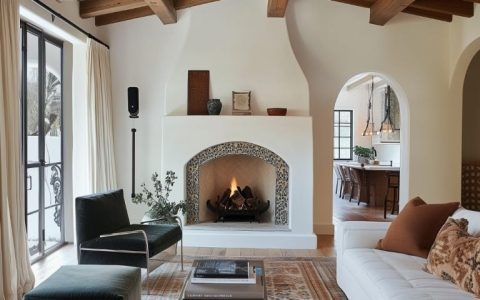The Pillars of Authentic Rustic Italian Style
Authentic Rustic Italian design celebrates the raw beauty of nature and the patina of age. It prioritizes simplicity, warmth, and a tangible connection to history over contrived elegance. The focus lies in quality materials, handcrafted charm, and a palette deeply rooted in the landscape.
Step 1: Establish the Foundation
Walls & Floors: Exposed textures are non-negotiable. Walls showcase rough plaster finishes (intonaco grezzo), lime-washed surfaces, or exposed stone or brickwork. Floors demand natural materials: wide-plank wood (reclaimed oak or chestnut preferred), worn terracotta tiles (cotto), or simple stone flagstones (pietra serena). Imperfection is inherent and welcome.
Step 2: Embrace the Earthy Palette
Draw inspiration directly from the Italian countryside. Key Colors:

- Warm terracotta and ochre
- Deep olive greens
- Sun-baked yellows
- Sky and sea blues
- A spectrum of warm neutrals: from cream, beige, and taupe to deep charcoal browns
Use these hues on walls, textiles, and accents against the natural backdrop of stone and wood.
Step 3: Select Furniture with Soul
Essential Pieces: Prioritize solid, well-proportioned craftsmanship over flimsy interpretations.
- Large Tables: Rough-hewn wood, trestle base or thick legs; the heart of gathering.
- Armoires & Cabinets: Sturdy cupboards in reclaimed wood, often displaying natural grain or simple carvings.
- Seating: Simple ladder-back chairs, rustic benches, or sturdy leather armchairs. Avoid high polish.
- Materials: Reclaimed wood (chestnut, oak, walnut), wrought iron (for table bases, bed frames), and thick, saddle-quality leather.
Step 4: Incorporate Functional & Historical Decor
Decorative elements are utilitarian or reflect heritage. Examples:
- Aged copper or enamel cookware displayed openly.
- Traditional ceramic pottery, especially from Deruta or Montelupo.
- Wrought iron wall sconces, candle holders, or pot racks.
- Timeworn religious icons or simple wooden crosses.
- Dried herbs like lavender, rosemary, or bundles of wheat.
- Antique tools, baskets, or large wine/olive oil containers repurposed.
Step 5: Layer Natural Textures & Fabrics
Fabrics should feel humble and natural, enhancing warmth.
- Linen: Heavyweight for curtains, table runners, upholstery.
- Wool: Thick rugs (pezzotti) and cozy throws.
- Cotton: Simple checks, stripes, or solid colors in bedding or cushions.
- Leather & Hide: Accent chairs, ottomans, footstools.
Keep patterns simple: stripes, checks, subtle florals, or solid neutrals.

Step 6: Lighting for Atmosphere
Avoid modern fixtures. Embrace the soft glow. Lighting Sources:
- Forged iron chandeliers (lumi in ferro battuto) with simple shapes.
- Lanterns with real candle inserts or vintage-style bulbs.
- Wall sconces with wrought iron arms and glass shades.
- Abundant natural light, filtered through simple linen curtains.
Step 7: Final Touches: Patina & Purpose
Resist the urge to make everything new. Authenticity Lies In:
- The roughness of a hand-planed tabletop.
- The slight unevenness of plaster walls.
- The faded glory of a vintage rug.
- The purposeful placement of everyday objects with history.
- A mix of well-loved pieces, avoiding sterile perfection.
Every element should feel collected over time, rooted in a lived-in history rather than mass-produced.







